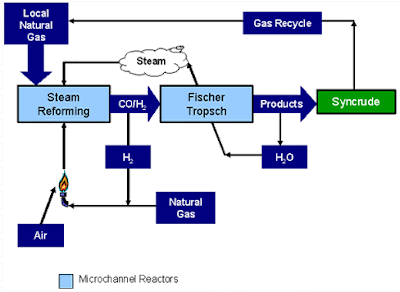Big Green Activists Make Big Money to Scam Humanity
Thomas B. Cochran is a lobbyist employed by the Natural Resources Defense Council, to attack nuclear power on a full time basis. As befits a Lobbyist, Cochran is well compensated. In 2006 Cochran was one of the 5 highest paid employees of the NRDC, with a total compensation package approaching $200,000. In 2006 the largest single foundation donor to the the NRDF was the Energy Foundation, an environmental funding NGO, that also funds many other anti-nuclear "environmental organizations. _NuclearGreenSome of these big-money big-green activists attack nuclear power. Some of them attack fossil fuels. Since most advanced societies derive over 80% of their energy from fossil fuels and/or nuclear power, it is clear that the big-money greens simply want to starve human societies of their life's blood. No wonder Obama Pelosi has been so popular with most big money green groups. "Energy starvation" is the theme and motto of Obama Pelosi.
These are the biggest of the big greens:
Members of Big Green
Defenders of Wildlife
Environmental Defense Fund
Greenpeace
National Audubon Society
National Wildlife Federation
Natural Resources Defense Council
The Nature Conservancy
Sierra Club
The Wilderness Society
World Wildlife FundThese big greens go through a LOT of money every year.
They know how to scam the federal government out of huge chunks of money -- not to mention how to tie up vital energy projects for years (if not indefinitely).
Green Inc.
These are some of the big money channels that are behind the creation of carbon trading schemes and scams -- which stand to make Al Gore and his cronies billions of dollars a year if Obama Pelosi can ever get the citizens of the US out of the way of the green gravy train.
When you hear someone say "please give, it's for the children", you can be sure that they are raking in illicit funds through a number of back door channels.
When we get past this green dieoff.org phase of leftist idiocy, we may have time to go back and pore through the records to find out which politicians and bureaucrats were in the pockets of the real powers behind the dioff.orgiasts. Then, if we are feeling particularly un-whimsical, we may consider our options.
More likely, by the time we put this unsavoury episode of human idiocy behind us, we will be too busy riding the wave of an unfolding future to have much time for balancing the books of the past.
For much more information on how faux environmentalists hamper the creation of a cleaner and more abundant future, see Brian Wang's 3rd Carnival of Nuclear Energy
Labels: energy starvation, faux environmentalism, nuclear power








